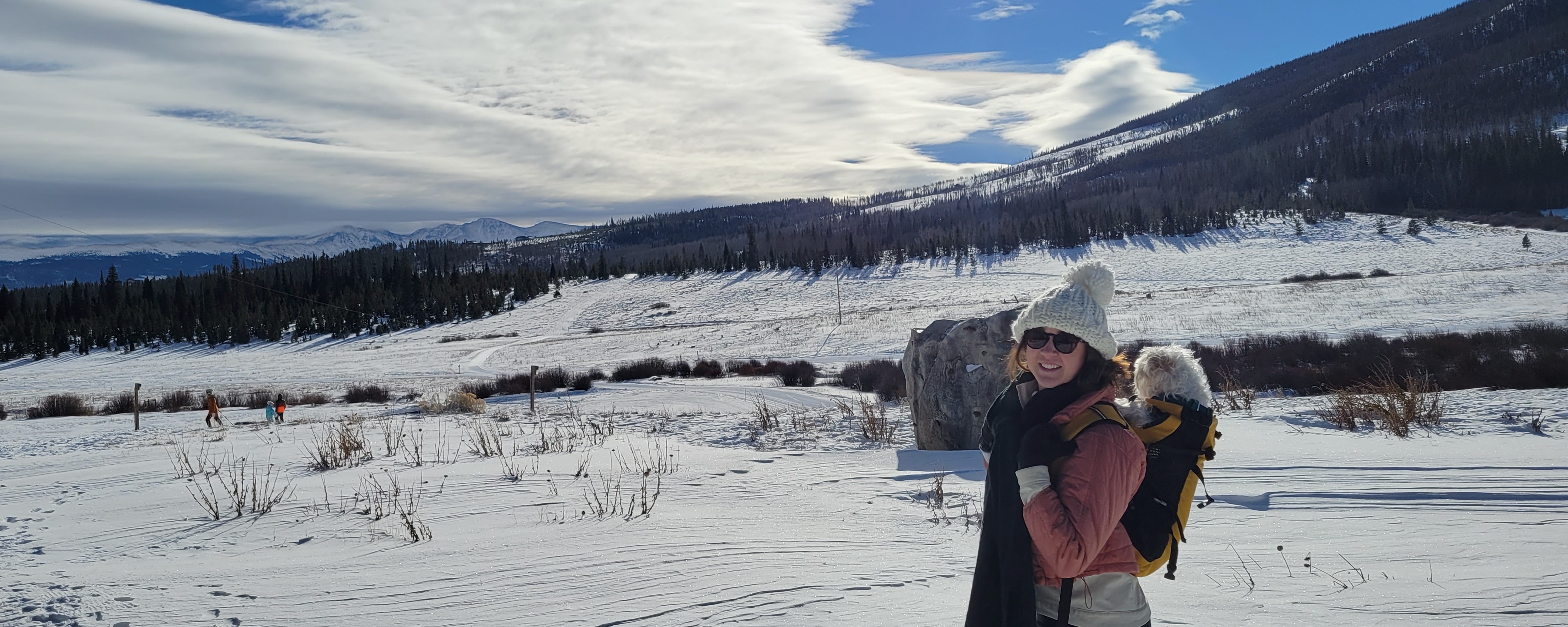
About
Atmospheric rivers (ARs) play a leading role in high-impact weather and long-term hydroclimate across the Western U.S., being both the primary drivers of flood damage and major contributors to water supply across much of this region. Consequently, the community has developed an extensive knowledge base surrounding ARs including their frequency, intensity, impacts, key meteorological processes, and predictive skill, but this knowledge is primarily focused on ARs at or near landfall on the U.S. West Coast. Relatively little work has been done to understand AR characteristics further inland and this is especially true for Colorado, where high and complex topography, as well as distance from the coast, frustrate attempts to track ARs and their impacts. While a large volume of anecdotal evidence suggests that ARs play a fundamental role in determining extreme precipitation and/or drought conditions across Colorado, this relationship is yet to be systematically analyzed and quantified. This work uses novel methods to explore the role of ARs and their interannual variability on hydrometeorological extremes and impacts across the state, focusing on the relative contribution of inland-penetrating ARs to seasonal snowfall (accumulated snow water equivalent) in the Upper Colorado River Basin. Outcomes include an improved understanding of these relationships and the key meteorological processes that drive them, and new forecast tools that enable better prediction of these events, developed in collaboration with National Weather Service offices across the state.
Products
See https://cw3e.ucsd.edu/ivt_iwv_intwest/ for the current Center for Western Weather and Water Extremes (CW3E) atmospheric river forecast toolkit for the Interior West
Publications
Nash, Deanna, Rutz, J.J., Cordeira, J., Zhang, Z., Ralph, F.M., Sanders, K., and Walter, E. (2025). “Inland-Penetrating Atmospheric Rivers and Hydrometeorological Impacts in Colorado”. Submitted to: JGR-Atmospheres. Preprint available at https://doi.org/10.22541/essoar.173924061.15166778/v1